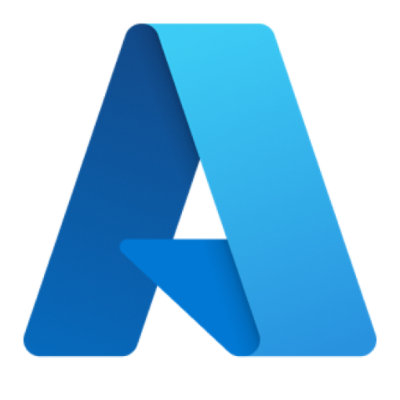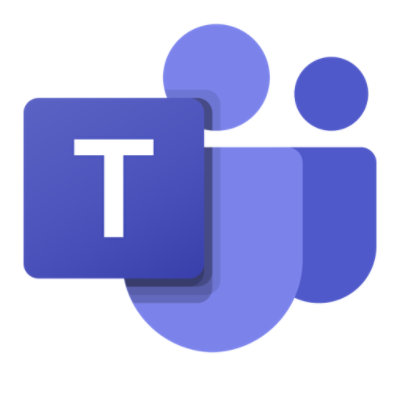From twenty-first-century office towers to car tires and champagne corks, steel wire holds the modern world together. To help the world work, travel, play, and meet the opportunities of the future, Bekaert, a global leader in steel wire transformation and coating technologies, wanted to modernize its technology infrastructure by moving to the cloud from on-premises datacenters.


“We don’t always have time to ship company-issued devices or equipment to every part of the world. We solve this by using Azure Virtual Desktop to quickly onboard people and give them all the resources they need to do their job.”
Koen Vereeken, Global IT Lead for Technology Infrastructure, Bekaert
Cloud agility, scalability, and security
Belgium-based Bekaert has more than 27,000 employees serving customers in 120 countries, with production plants, technology centers, and offices around the globe. The company wanted to find a more agile, scalable, and secure way to connect its employees, contractors, and vendors to the company network from wherever they are in the world, regardless of whether they are using a company-issued or personal device. Around 80 percent of Bekaert contractors do not work from a company-issued device. Instead, they use virtual desktop infrastructure (VDI) daily from personal devices.
Given this reliance on VDI, Bekaert already had many different use cases for the aging on-premises VDI it used, with different virtual desktops customized for vendors and the company’s various business units.
“We needed an environment that could be centrally managed and provide enough power for people to collaborate across the globe,” says Koen Vereeken, Global IT Lead for Technology Infrastructure at Bekaert.
With its legacy on-premises VDI nearing end of life, Bekaert decided to move to the cloud rather than heavily invest in upgrading hardware. The company had already started its cloud journey when COVID-19 hit, and the shift to more employees working from home during the pandemic added to the urgency of completing the cloud migration.
“At Bekaert, around 40 percent of our workforce uses desktops because of the nature of their work. With so many people suddenly needing to work from home, we didn’t have sufficient stock of laptops to give to everyone,” Vereeken says. “It became a top priority to ensure that we had a scalable, highly secure virtual desktop infrastructure so that people could access the Bekaert network from their own devices.”
Bekaert reviewed its options and chose to migrate to Microsoft Azure and Azure Virtual Desktop because of the environment’s flexibility, power, strong security, and cost effectiveness.
Finding flexibility
Bekaert wanted to replace its VDI with a solution that would be less rigid. Every time Bekaert needed to support a new use case or bring new people onboard, there could be a delay of weeks while servers were set up. With Azure Virtual Desktop, IT pros at Bekaert need just a few minutes to deploy a new instance. The company can easily scale the environment up and down as needed.
“Agility and speed are central parts of our digital transformation as a company. We don’t always have time to ship company-issued devices or equipment to every part of the world,” Vereeken says. “We solve this by using Azure Virtual Desktop to quickly onboard people and give them all the resources they need to do their job.”
Bekaert considers the availability of Microsoft Teams through Office 365 another key differentiator supporting its move to Virtual Desktop. It uses Teams to help its distributed workforce communicate and collaborate efficiently from directly within the Virtual Desktop environment.
“We’ve received overwhelmingly positive feedback about Azure Virtual Desktop,” says Jacob Wu, Global IT Solution Architect at Bekaert. “Contractors appreciate that they can work from anywhere, even using their own phones or tablets, because the Azure Virtual Desktop client is available on all kinds of systems. That flexibility helps our employees, contractors, and vendors both join and move projects along faster.”
Through Azure Virtual Desktop, Bekaert also gained the high degree of graphics processing unit (GPU) power that its engineers around the world need to collaborate on projects using 3D-modeling and other GPU-intensive tools. Bekaert now has access to GPU power that it never had with its legacy on-premises environment. The company uses this GPU power to host new functionalities within electrical design like 3D cabinet construction. Bekaert mechanical design engineers can also use the GPU desktops to work remotely or from home in a highly secure way. This stable solution is workable in all Bekaert engineering entities and is flexible enough that the company can increase or decrease its number of users based on the actual requirements.
Bekaert is using Azure to modernize other business processes as well during its digital transformation. For example, the company is migrating its on-premises SAP environment to run SAP on Azure and looking forward to adopting advancements including infrastructure as code along with managed services on Azure.
Streamlining security
Security improved as well with Bekaert’s move to the Azure cloud platform. It was crucial to Bekaert that the new VDI would always remain an exact copy of the environment it provides through endpoint hardware to laptops—a requirement that Azure Virtual Desktop easily met.
“Our previous VDI solution was not completely aligned with our endpoint environment, which made it challenging to replicate security processes,” Vereeken says. “With Azure Virtual Desktop, we have better security because we can easily replicate risk mitigation processes such as vulnerability and patch management. From a security perspective, we have major advantages with Azure Virtual Desktop.”
Lower cost, bright future
In addition to improving its virtual desktop infrastructure, Bekaert is realizing cost savings through its cloud migration. The company reduced its overhead costs because it needs less support from the partner that previously supported its on-premises virtual desktop infrastructure. And Bekaert cut 50 percent from its asset costs by eliminating the need to manage on-premises hardware at datacenters.
“Our move to Azure has given us peace of mind that we’re ready for the future, whatever it brings,” Vereeken concludes. “We no longer have to worry about trying to maintain and improve old hardware at on-premises datacenters.”
Find out more about Bekaert on Twitter, Facebook, and LinkedIn.
“We’ve received overwhelmingly positive feedback about Azure Virtual Desktop. Contractors appreciate that they can work from anywhere, even using their own phones or tablets, because the Azure Virtual Desktop client is available on all kinds of systems.”
Jacob Wu, Global IT Solution Architect, Bekaert
Explore related stories
Fuel innovation with Microsoft

Talk to an expert about custom solutions







Follow Microsoft